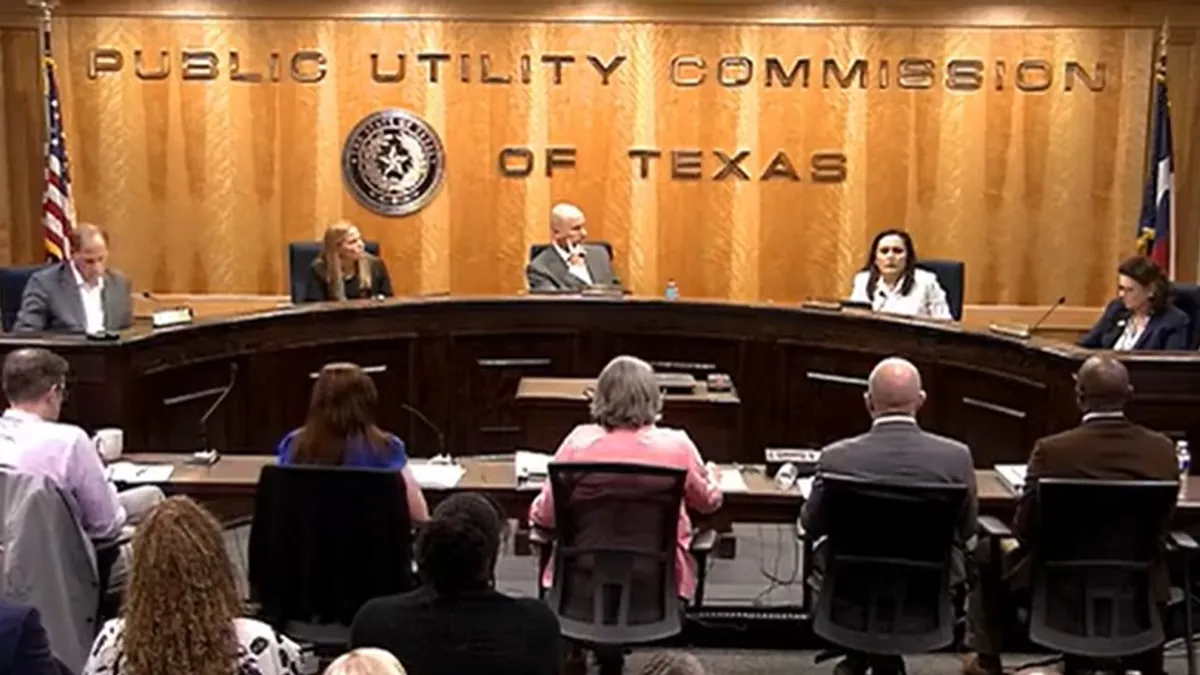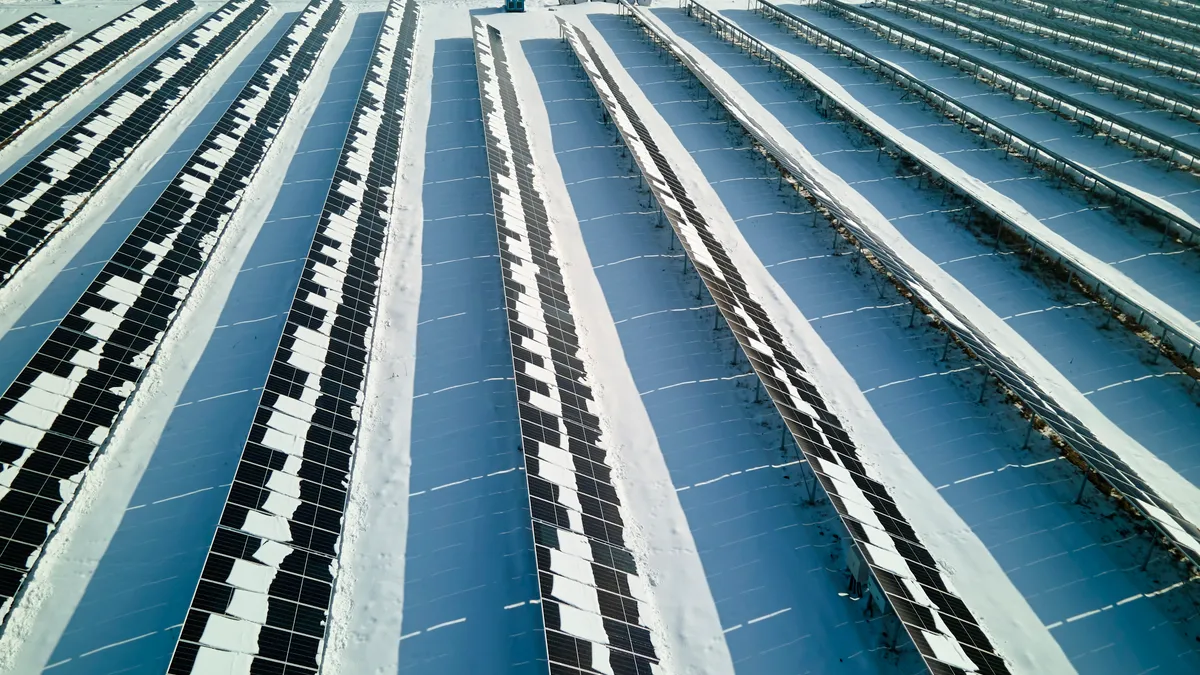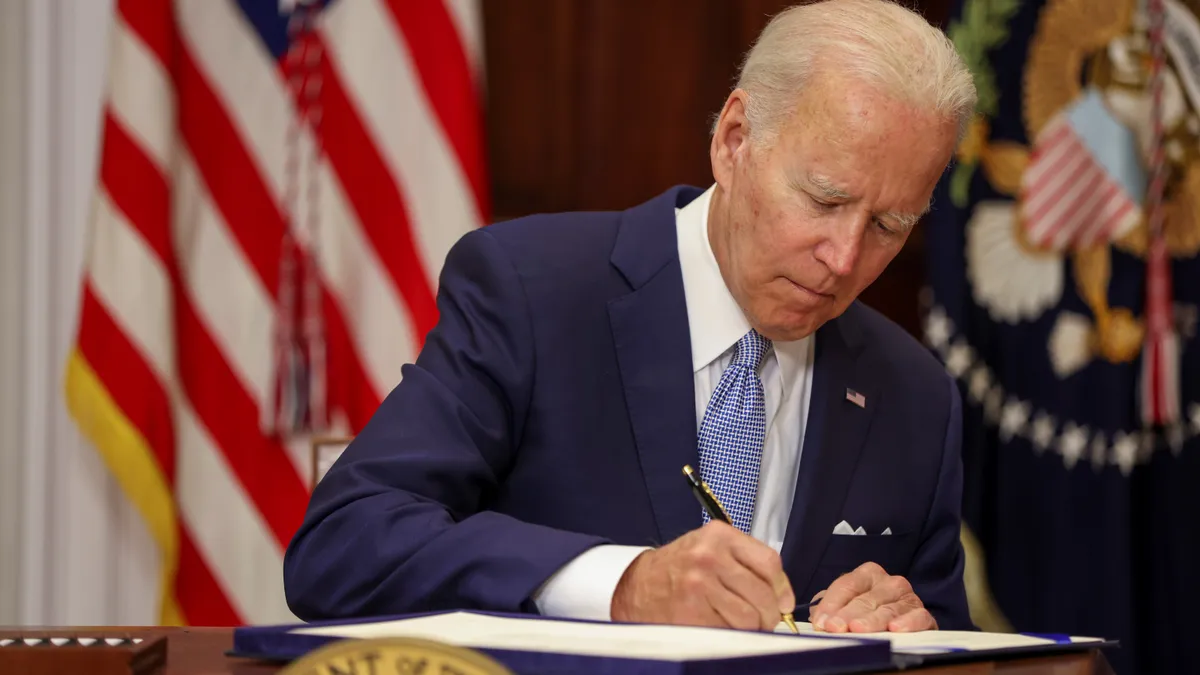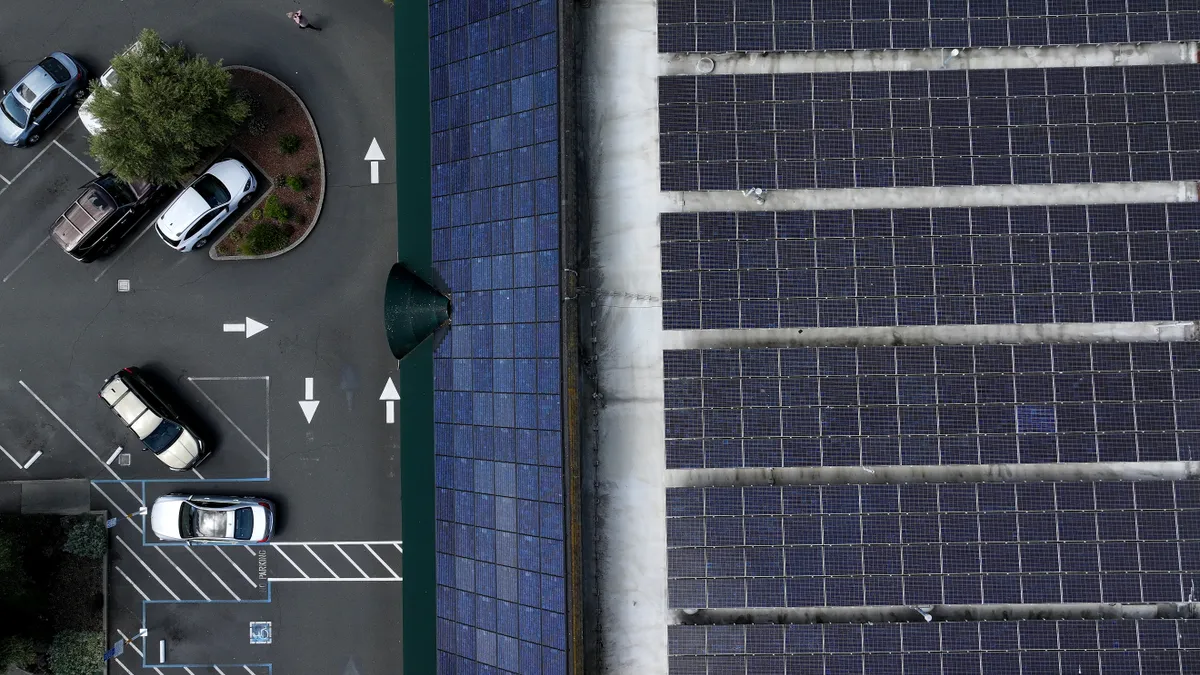The following is the third in a four-part series of guest posts from Chris James and Ken Colburn of the Regulatory Assistance Project. The links to the first two installments are below.
This is the third of RAP’s four-part series on the merits of greater integration of energy and environmental planning and regulation. The first piece set out the general concept, a process we’ve dubbed “E-Merge.” The second laid out a sample step-by-step process describing how an E-Merge planning process would move forward. Here, we discuss possible barriers to implementing E-Merge, addressing such questions as: Is E-Merge legal? And, if E-Merge is so good, why isn’t it being done routinely?
We developed the E-Merge process to provide a concrete way that energy and environmental policy can be better integrated. Its development centered on the roles and obligations of state utility and environmental regulators, consistent with the perspectives of RAP’s veteran regulators from both camps.
Our initial concept paper (in which E-Merge was first labeled IMPEAQ, “Integrated Multi-Pollutant Planning for Energy and Air Quality”) was then reviewed by a group of about three dozen experts, including current and former state and federal air quality and energy regulators, environmental advocates, and utility officials. The consensus of this group suggested that the E-Merge concept was workable and merited further exploration.
However, the group also advised careful review to ensure that the E-Merge process comports with the legal framework of the Clean Air Act. Although E-Merge’s authors are veteran air regulators, neither of us claims direct legal expertise. Accordingly, we sought an independent assessment of E-Merge’s legality by qualified, impartial, external attorneys.
Is E-Merge legal?
To address the legality of E-Merge, we asked the Columbia University Law School Center for Climate Change Law to examine state authority under the Clean Air Act to voluntarily implement integrated planning using an E-Merge approach, along with the permissibility of applying a multi-pollutant approach to air quality planning.
Columbia’s analysis (at page 6) found that:
“[T]he [E-Merge] approach would be generally permissible under the Clean Air Act and EPA policy, given the wide discretion states have to develop their air quality plans and to choose the control measures they wish to use in their SIPs. Further, emerging control measures identified through the [E-Merge] process, such as energy efficiency and renewable energy programs, may qualify for SIP credit where the state meets the specific statutory and regulatory requirements for doing so. An open issue—though arguably allowable under the Act—is the degree to which states could opt to allow offsite programs to substitute for site-specific technology controls.”
Columbia’s analysis underscored that states (and, where applicable, local agencies) are in the driver’s seat with respect to implementation of the Clean Air Act. The Environmental Protection Agency (EPA) does prescribe many requirements that states must follow, as well as the timing of such requirements. However, states also have wide flexibility to craft air quality control programs to address local needs. Control measures must meet what is referred to as “RSVP&E” (“real, surplus, verifiable, permanent, and enforceable”) criteria to be approvable by EPA.
Over the past 20 years, EPA has tried to encourage states to incorporate energy efficiency and renewable energy programs into state implementation plans (SIPs), from set-asides for efficiency in the late 1990s NOX budget program to the Agency’s 2012 Energy Efficiency/Renewable Energy Roadmap. However, these efforts have required high transaction costs for comparatively little compliance credit. (The 1990s set-aside program limited the quantity of efficiency that a state could include, and there was a heavy paperwork burden imposed on states. The 2012 roadmap was a step forward, but also imposed a high administrative burden.)
The efforts have continued to be part of mono-pollutant programs rather than a comprehensive strategy to improve public health. As a result, there has been little uptake of these programs by states, which spurs our second question.
If E-Merge is so good, why isn't it done routinely?
Despite EPA’s good intentions, institutional, cultural, and technical barriers have impeded the adoption and implementation of E-Merge-like approaches.
Institutional barriers
Regulatory approaches that are billed as “multi-pollutant” are directionally correct, but they are typically mono-pollutant measures packaged in ways to better sequence the necessary investments by industry. Consider “multi-pollutant” controls on the power sector, which mandate near-simultaneous installation of separate controls to reduce NOX, SO2, and PM emissions. This is not the type of multi-pollutant approach to which E-Merge aspires. This traditional approach is fine in that end-of-pipe emission controls are mature, highly effective, and reliable. However, considering only end-of-pipe solutions in an air quality plan ignores highly cost-effective, demand-side, “root-of-pipe” measures that could help states achieve public health and environmental goals more expeditiously and at lower cost. An emphasis solely on end-of-pipe abatement can also increase CO2 emissions slightly, tends to prolong the use of legacy plants (since businesses will want to operate new control equipment long enough to recover its costs), and generally leads to rate increases to recover its costs. On the energy side, many utility “integrated resource plans” emphasize supply-side investments (i.e., new or upgraded power plants) and do not consider—or give short shrift to—demand-side investments (e.g., energy efficiency, clean demand response). Also, they rarely consider such externalities as public health and environmental burdens associated with the resources evaluated to meet future electricity or natural gas demand.
Cultural barriers
Humans are creatures of habit; they tend to stick with what has worked for them in the past. Air quality has improved substantially since the 1960s, and most of this improvement can be credited to command-and-control mono-pollutant measures. Similarly, we’ve enjoyed a laudable record of electric system reliability over the past 40 years. But data and technology related to health science, air pollution control, and electricity generation and use have begun to shift rapidly. Changing conditions on the ground demand renewed policy creativity.
A perverse phenomenon nicknamed “NIMTO” (“Not in My Term of Office”) also sometimes retards progress. Energy efficiency and renewable energy programs can take several years to accumulate substantial benefits. Political reluctance to initiating or supporting programs is not surprising if the benefits of their implementation will likely accrue to a future administration.
Technical barriers
Continuous emission monitoring systems (CEMS) on plant stacks have enabled precise pollutant emissions quantification and regulatory enforcement for over 25 years. An expectation of comparable precision unfortunately extends to the emissions benefits of efficiency programs; there has been a tendency to want to precisely know the avoided emissions achieved by each light bulb or washing machine.
By contrast, there has been little research—and even fewer tools—to quantify the impact of cumulative, interactive exposures to multiple pollutants on public health, or to determine which generating plants are affected by energy efficiency and renewable energy programs. Assessment of the energy savings benefits of these programs is reasonably well developed, but far less so in terms of emissions reduction benefits.
Progress marches on
Although certainly real, the barriers to adopting E-Merge as described in this post can be addressed and overcome. Concerning institutional and structural barriers, the rate of change in the power sector today should already cause regulators to question their adherence to what are still largely 19th century business models.
Wind and solar costs have declined 58 to 78 percent since 2008, and are expected to continue declining. Increased natural gas supplies have led coal generation to significantly decrease, and the closure of several nuclear plants has recently been announced. On the demand side, 17 states now achieve electric end-use efficiency savings of 1 percent or more per year, according to a recent ACEEE report (page 21), and battery storage is moving from a niche to a mainstream technology.
Finally, vehicle electrification is rapidly accelerating. This is good news, because transport sector emissions will decrease. But it does provoke concern about what resources will be used to charge electric vehicles, and during what times of the day or week? These changes alone should motivate serious collaboration between air and energy regulators and spur mutual planning exercises.
The bottom line is that energy and air quality planning practices must keep up with scientific and technology developments. Unless they do, regulators could find themselves unable to fulfill their missions and, perhaps in some cases, even find their roles obsolete.
As to the technical barriers, it’s important to remember that all assessment techniques and models have some degree of imprecision. Air quality and energy regulators are familiar with the uncertainties associated with modeling, and they build in margins of error or safety to ensure that air quality is improved and the lights stay on. As experience with models is gained, their relative accuracy and precision improves. The same process of continuous refinement and improvement will occur regarding the kinds of modeling and assessment we recommend in E-Merge. In the meantime, however, E-Merge can be applied today, rather than allowing the perfect to become the enemy of the good.
As a new concept, the uptake of E-Merge has been limited to date. However, there are examples globally where similar principles and practices have been adopted. Our final post in the “Retooling Regulation” series will highlight such examples and recommend ways for them to gain broader acceptance and use.
























